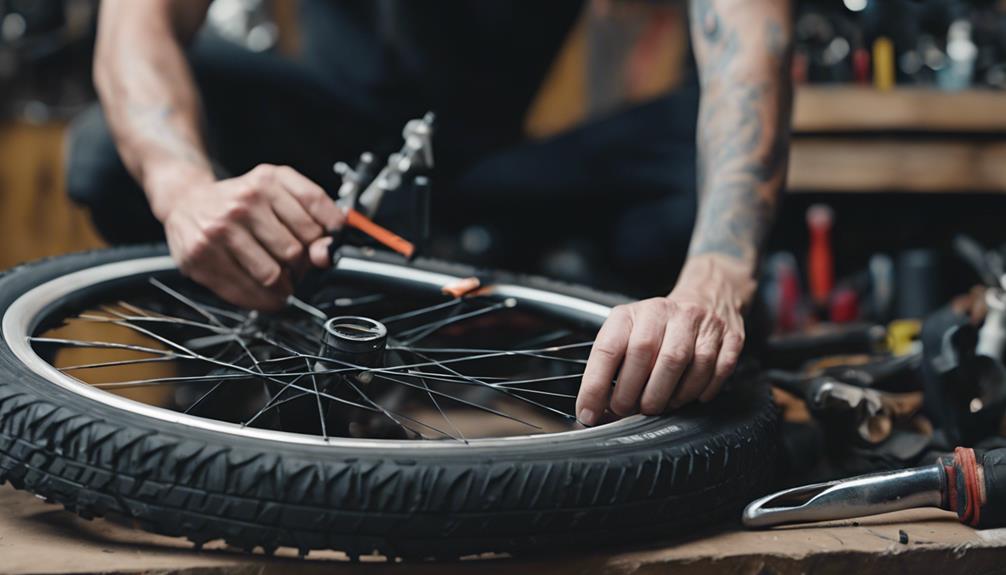Bicycle chains are a fundamental component of any bike, playing a crucial role in the transfer of power from the pedals to the wheels. Understanding how to maintain, choose, and upgrade your bicycle chain can enhance your cycling experience, prolong the lifespan of your bike, and improve overall performance. This article will explore the different types of bicycle chains, their maintenance, and essential tips for purchasing the right chain for your needs.
Understanding the Bicycle Chain
A bicycle chain is a series of metal links that connect the pedals to the rear wheel, allowing cyclists to propel forward with efficiency. Chains are designed with various specifications to cater to different types of bicycles, whether for road racing, mountain biking, or casual riding. Let’s delve into the anatomy of a bicycle chain.
- Links: The basic building blocks of a chain, typically made of steel or other durable materials.
- Rollers: These cylindrical components help reduce friction as the chain moves over gears.
- Pins: They connect the links together and allow for flexibility and movement.
- Inner and Outer Plates: These parts give the chain its strength and help it engage with the gears.
Types of Bicycle Chains
There are several types of bicycle chains, each designed for specific cycling applications. Understanding these types can help you make an informed decision when purchasing or replacing a chain.
1. Single-Speed Chains
Single-speed chains are designed for bikes with a single gear. They are simpler in construction and typically lighter than multi-speed chains. They are ideal for urban commuting and casual riding.
2. Multi-Speed Chains
Multi-speed chains are compatible with bikes that have multiple gears. They come in various speeds, such as 6, 7, 8, 9, 10, 11, and even 12-speed chains. The key difference lies in the width and design, which must match the specific gearing system.
3. BMX Chains
BMX chains are designed for durability and strength, as BMX riding often includes jumps and tricks. These chains are typically thicker and more robust to withstand the added stress.
4. Mountain Bike Chains
Mountain bike chains are built to handle rough terrains and extreme conditions. They are often equipped with features that enhance performance, such as mud-resistance and a design that prevents chain drop.
Chain Maintenance: Keeping Your Chain in Top Shape
Regular maintenance of your bicycle chain is crucial for ensuring smooth performance and extending its lifespan. Here are some essential maintenance tips:
- Regular Cleaning: Dirt and grime can accumulate on your chain, causing wear and tear. Clean your chain regularly using a degreaser and a brush.
- Lubrication: Apply lubricant to your chain after cleaning. Use a bike-specific lubricant, applying it sparingly to avoid attracting more dirt.
- Checking for Wear: Regularly inspect your chain for signs of wear, such as elongation or stiff links. A chain checker tool can be used to measure this accurately.
- Replacing the Chain: A worn chain can lead to poor shifting and damage to your gears. Replace your chain promptly when it shows signs of wear.
How to Choose the Right Bicycle Chain
When it comes to choosing a bicycle chain, several factors need to be considered to ensure compatibility and performance:
1. Determine Your Bike’s Speeds
Understanding the number of gears on your bike is essential. Check the specifications of your gears to ensure you select the right chain width and design.
2. Check Compatibility
Chains are designed with specific compatibility in mind. Ensure that the chain matches the brand and model of your bike’s drivetrain components.
3. Consider the Material
Chains are commonly made from steel but can also be found in lighter materials like aluminum or titanium. The choice of material can affect the weight and durability of the chain.
4. Look for Additional Features
Some chains come with special coatings for rust resistance or durability enhancements. Assess these features based on your riding conditions.
Case Studies: Real-World Examples of Chain Performance
Several case studies highlight the importance of choosing the right bicycle chain and maintaining it effectively:
Case Study 1: Urban Commuter
A commuter cyclist in a bustling city switched from a basic single-speed chain to a higher-quality multi-speed chain. After implementing regular cleaning and lubrication, the cyclist reported smoother gear transitions and an increase in overall speed, demonstrating the impact of proper maintenance.
Case Study 2: Mountain Biker
A mountain biker upgraded to a specialized chain designed for rugged conditions. This chain featured mud-resistant technology, which proved beneficial during wet rides. The biker experienced fewer mechanical issues and attributed their improved performance to the upgraded chain.
Statistics on Bicycle Chain Performance
Understanding the statistics related to bicycle chains can provide insight into their importance:
- According to a study by the International Bicycle Fund, a properly maintained chain can extend the life of your bike’s drivetrain by up to 50%.
- Research indicates that cyclists can improve their bike’s efficiency by as much as 10% with regular chain maintenance.
- Statistics show that neglecting chain maintenance can lead to premature wear, costing cyclists an average of $200 in replacement parts annually.
Conclusion: Key Takeaways
Understanding the role, types, and maintenance of bicycle chains is essential for any cyclist. Regular maintenance, choosing the right type of chain based on your bike’s specifications, and being aware of the latest technology can significantly enhance your riding experience. Whether you are a casual rider or a serious cyclist, investing time and effort into your bicycle chain will lead to improved performance, longevity, and an overall better cycling experience. Remember, a well-maintained chain not only benefits you but also contributes to the health of your entire bike.
